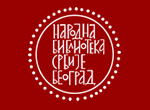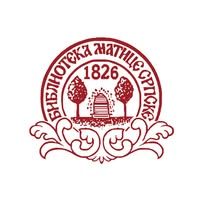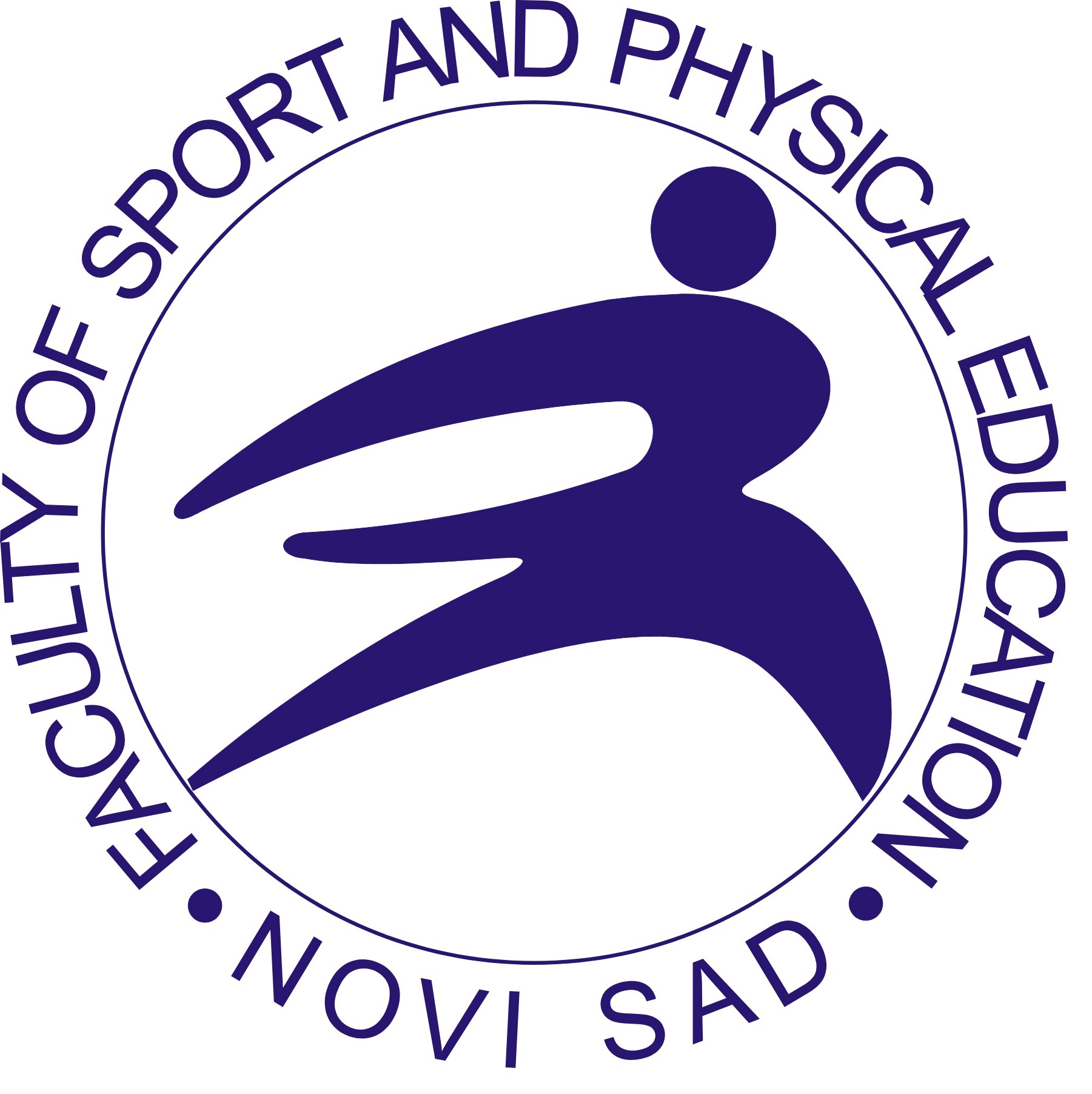
More articles from Volume 8, Issue 2, 2016
Socio-economic characteristics of families and physical activity of children
Differences in motor abilities of boys and girls aged 7 in relation to the level of intellectual ability
Expert model of the most important methodical exercises for fast skiing turns teaching
Physiological responses during arm and leg aerobic power tests in elite female judokas
Sources of stress as predictors of partner relationship quality
Socio-economic characteristics of families and physical activity of children
University of Novi Sad, Faculty of Sport and Physical Education, Novi Sad, Serbia
University of Novi Sad, Faculty of Sport and Physical Education, Novi Sad, Serbia
University of Novi Sad, Faculty of Sport and Physical Education, Novi Sad, Serbia
University of Novi Sad, Faculty of Sport and Physical Education, Novi Sad, Serbia
 ,
,
University of Novi Sad, Faculty of Sport and Physical Education, Novi Sad, Serbia
University of Novi Sad, Faculty of Sport and Physical Education, Novi Sad, Serbia
Abstract
This study presents the results of empirical research conducted with the aim of analyzing differences in the physical activity of children in relation to the socio-economic characteristics of their families. The research was conducted by applying a questionnaire distributed to pupils aged 11-12 years, who live in the city of Novi Sad (the city and the village of Rumenka, Veternik, Kac, Bukovac, Futog). Bearing in mind that the work is a part of a broader research, the authors' attention was focused on the objective, and the evaluation of the respondents on the socioeconomic status of the family, as well as differences in physical activity among boys and girls, and children who live in urban or rural setting. As dominant in this study stands out the finding of the author that the socioeconomic characteristics of families significantly affect the intensity, form and quality of physical activity of children. Since such a finding puts children living in families with low socioeconomic status into a disadvantaged position, the authors believe that with the findings of this and compatible researches it is needed to familiarize with the wider academic community, in order to include other social institutions in the process of affirmation of physical activity as an important lifestyle quality in children and youth.
Keywords
References
Citation
Copyright

This work is licensed under a Creative Commons Attribution-NonCommercial-ShareAlike 4.0 International License.
Article metrics
The statements, opinions and data contained in the journal are solely those of the individual authors and contributors and not of the publisher and the editor(s). We stay neutral with regard to jurisdictional claims in published maps and institutional affiliations.
























